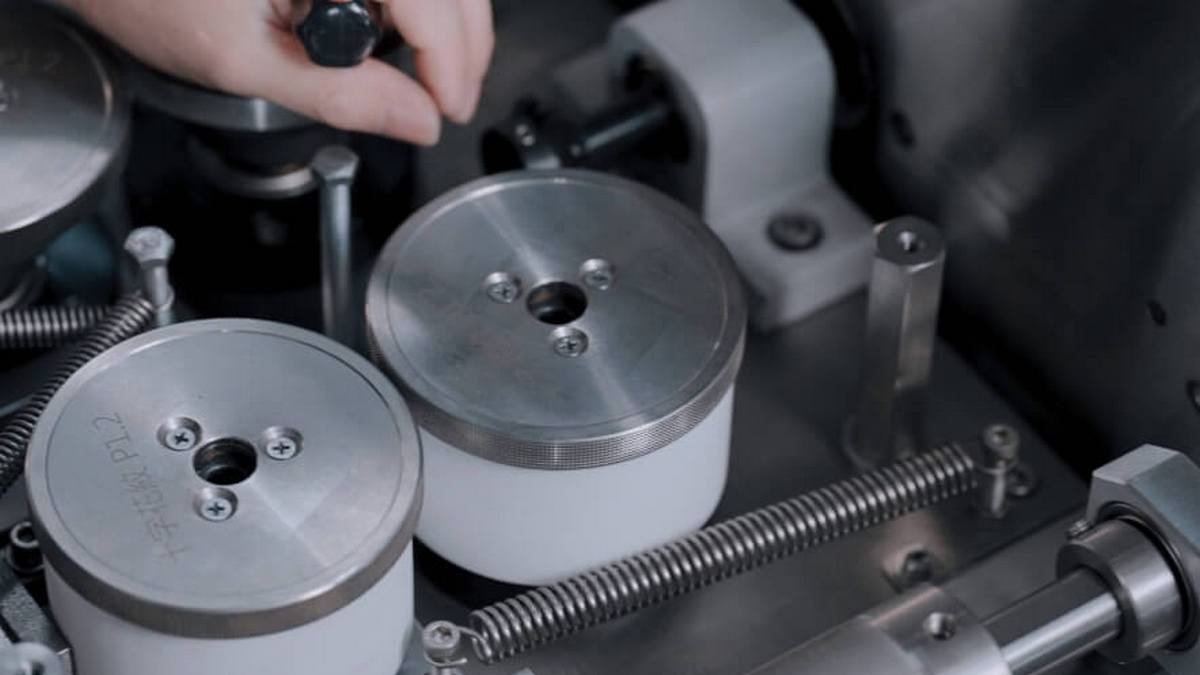5G is the engine of Industry 4.0, reshaping the industry! How should Taiwan's manufacturing industry seize the opportunity to upgrade its manufacturing industry?
The manufacturing industry is looking for the possibility of entering Industry 4.0 in advance. The development of the Internet of Things and the 5th-generation wireless network technology (5G) are key factors. The integration of the two will help the manufacturing industry to formulate transformation strategies and accelerate the process of smart manufacturing. 5G technology can effectively improve the transmission speed, security and reduce the delay rate, which is beneficial to the development of AI, automated processes, VR and other technologies; the Internet of Things can increase the machine utilization rate and product yield rate, provide users with data as a basis and assist Strategy formulation.
The global 5G output value will be as high as 12.3 trillion US dollars in 2035, and smart factories have become the future trend of global manufacturing. From this, we can see that 5G will bring significant changes to Taiwan's industry.
5G is expected to be officially put into commercial operation in 2020. 5G will lead Taiwan into Industry 4.0 and help the transformation and upgrading of traditional industries. Can it be done?
The coming of Industry 4.0 era 5G plays a key role
5G technology will lead Taiwan into Industry 4.0, help traditional industries to help industrial transformation and upgrade, and at the same time control costs, improve production efficiency, which is also the biggest purpose of the transfer of production. But before that, understand what Industry 4.0 means.
This is a high-tech plan proposed by the German government at the Hanover exhibition. In short, it is the fourth industrial revolution (Industry 1.0 steam manufacturing → Industry 2.0 mechanized manufacturing → Industry 3.0 automated manufacturing → Industry 4.0 smart manufacturing) Different from creating new industrial technologies in the past, Industry 4.0 focuses more on integrating existing technologies such as the Internet of Things, AI artificial intelligence, cloud computing, and big data analysis with sales skills and product experience to create a set of smart Integrate the sensory control system, take advantage of highly automated features, and actively eliminate production barriers. In this way, a more adaptable and efficient smart factory can be established, while integrating business partners and providing perfect after-sales service.
This is a high-tech plan proposed by the German government at the Hanover exhibition. In short, it is the fourth industrial revolution (Industry 1.0 steam manufacturing → Industry 2.0 mechanized manufacturing → Industry 3.0 automated manufacturing → Industry 4.0 smart manufacturing) Different from creating new industrial technologies in the past, Industry 4.0 focuses more on integrating existing technologies such as the Internet of Things, AI artificial intelligence, cloud computing, and big data analysis with sales skills and product experience to create a set of smart Integrate the sensory control system, take advantage of highly automated features, and actively eliminate production barriers. In this way, a more adaptable and efficient smart factory can be established, while integrating business partners and providing perfect after-sales service.
Low latency and high transmission characteristics, more efficient vertical integration
The principle of simple popular science 5G technology, as the name implies, is the abbreviation of 5th generation mobile networks. According to the International Telecommunication Union (ITU) IMT-2020 specification, the 5G peak theoretical speed download speed is 20Gbps, and the upload speed is 10Gbps, which is better than the existing 4G network is nearly 10 times faster. At the same time, 5G has three characteristics of low latency (uRLLC), high bandwidth requirement (eMBB), and support for large-scale network deployment (mMTC). From the perspective of Industry 4.0, it is mainly used in automation and process control, Industrial robot collaboration, etc., can make upstream, midstream, and downstream players more efficient vertical integration, help various smart manufacturing technology breakthroughs, and even open up an innovative industrial ecological chain.
Having talked about so many theories, how to apply it at the practical level, and how will traditional industries transform with 5G blessings? First of all, if it is used to process the big data generated by smart manufacturing and operate based on 5G, it will be able to maximize the automation of machines, optimize network resources ... and other artificial intelligence, and collect, analyze the process, and control data … Waiting for the gradual optimization of the supply chain steps, or the adoption of 5G stable communication features, and the acceleration of AR introduction of industrial precision instruments, all of which can help upgrade traditional industries.
Using 5G technology to realize off-site integrated manufacturing
In terms of Taiwan's industrial computer field, how should it take advantage of the industrial chain to strive for better development opportunities?
The efficiency of the production line is greatly improved, and the traditional industries are upgraded again:
Taking the traditional factory's logistics equipment-automatic guided vehicle as an example, in the past, it was necessary to lay a fixed route through a physical track, but if faced with the flexible production of products (such as customized), it is bound to spawn more frequent and complex production lines. I am afraid it is difficult to cooperate with the transformation in a short time; however, if 5G technology is introduced, artificial intelligence and navigation technology can be integrated, using 5G high efficiency to calculate the complex factory environment in real-time, locate and draw the best path, and greatly improve the production line work effectiveness.
Besides, since 5G has low latency characteristics, it is suitable for industrial control needs that do not allow time errors, such as remote control, robot scheduling, and automatic control. The high-frequency bandwidth characteristics can be applied to a large number of transmissions. For example, when factory workers perform inspection and maintenance or carry out precision manufacturing inspections, high-definition image transmission is required with the system. At this time, 5G high transmission volume can shorten inspection time. It is also used in inspection scenarios. Through real-time image capture and intelligent identification, it can greatly improve the standardized inspection process and provide real-time feedback on the production status. At the same time, a complete image production resume is established to facilitate subsequent tracking and statistical analysis. Finally, 5G also supports large-scale network deployment scenarios, such as monitoring hundreds of devices on a production line in a factory at a time.
Major enterprises and research institutions have made sufficient preparations for the development of Industry 4.0, and the Institute of Industrial Technology has proposed AIoT application solutions for smart factories, which can not only monitor the complete tool mechanism online but also ensure that the data is not leaked; Hon Hai also plans this year In October, various 5G cooperation was carried out in projects such as drones and smart factories. Recently, a "smart manufacturing" solution was also proposed, hoping to reduce unnecessary production line downtime, thereby improving yield and productivity.
Experts estimate that the global 5G output value will be as high as 12.3 trillion US dollars in 2035. Smart factories have become a global manufacturing industry. From this, we can see that 5G will bring major changes to Taiwan's industry. Through 5G, we will create a new generation of industrial networks and build a new generation of wisdom Factories may be the solution to the global shortage of manpower and rising wages. But everything has two sides. A large number of automated manufacturing can solve the problem of lack of work to some extent, but it may also cause some workers to lose their jobs in the future. This is also a problem we must think about.














